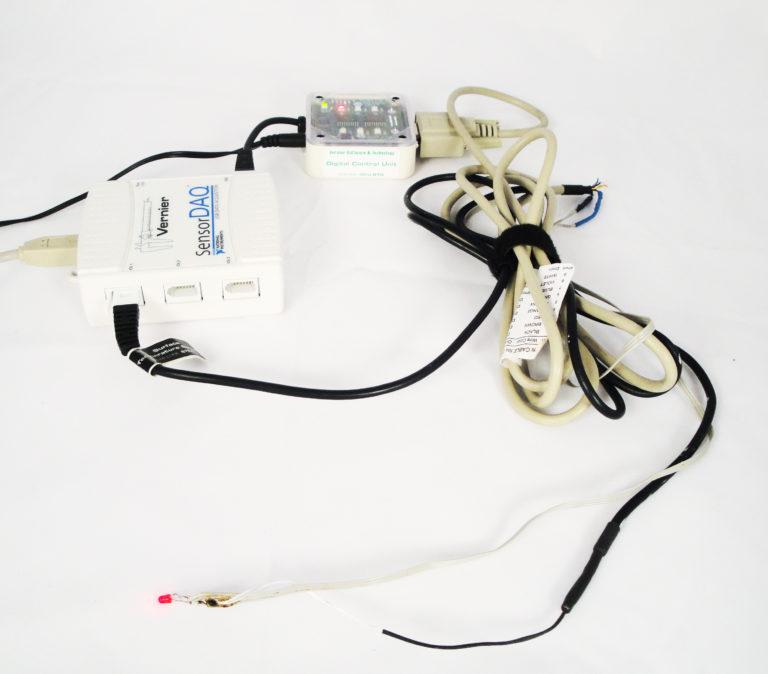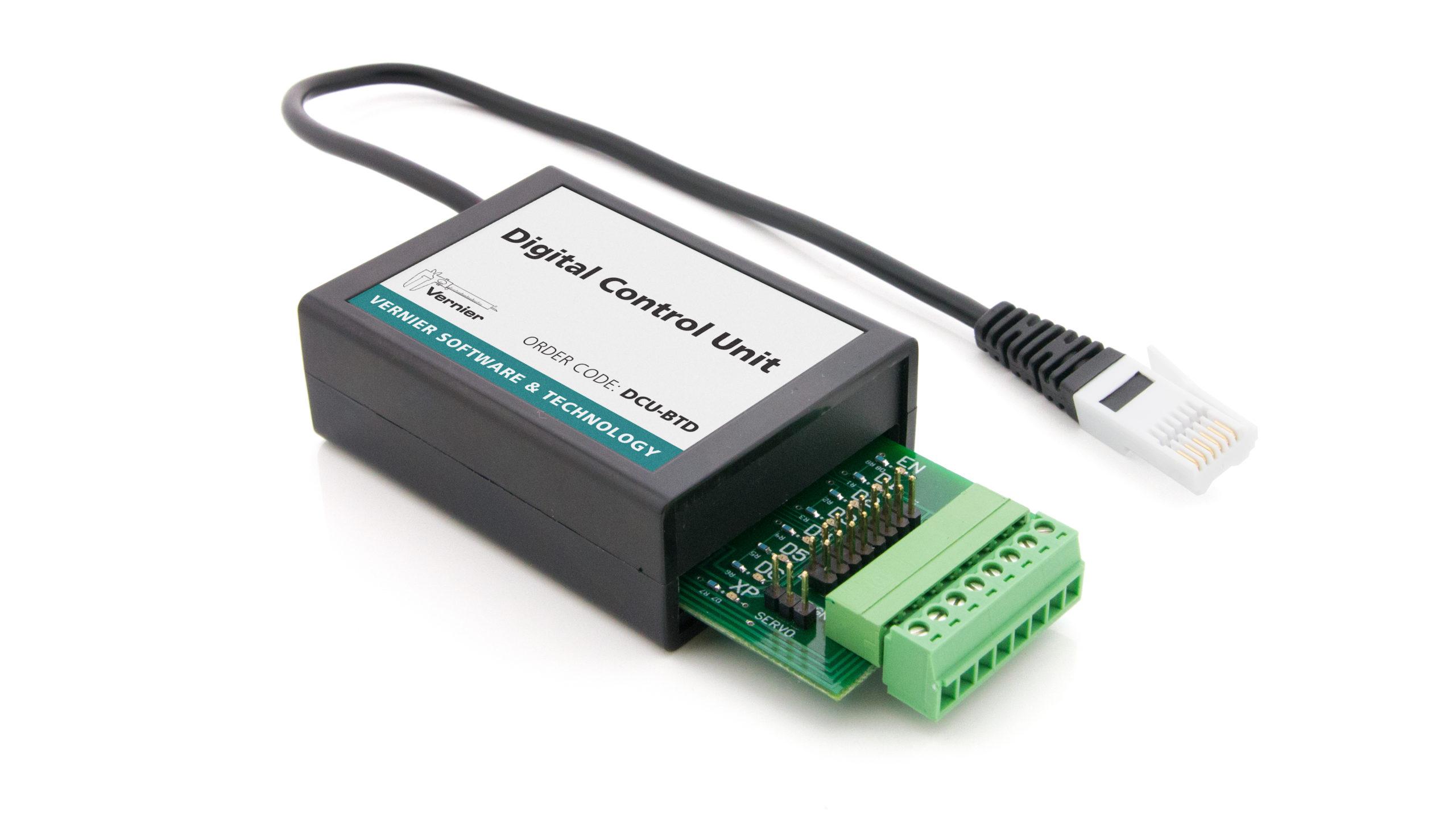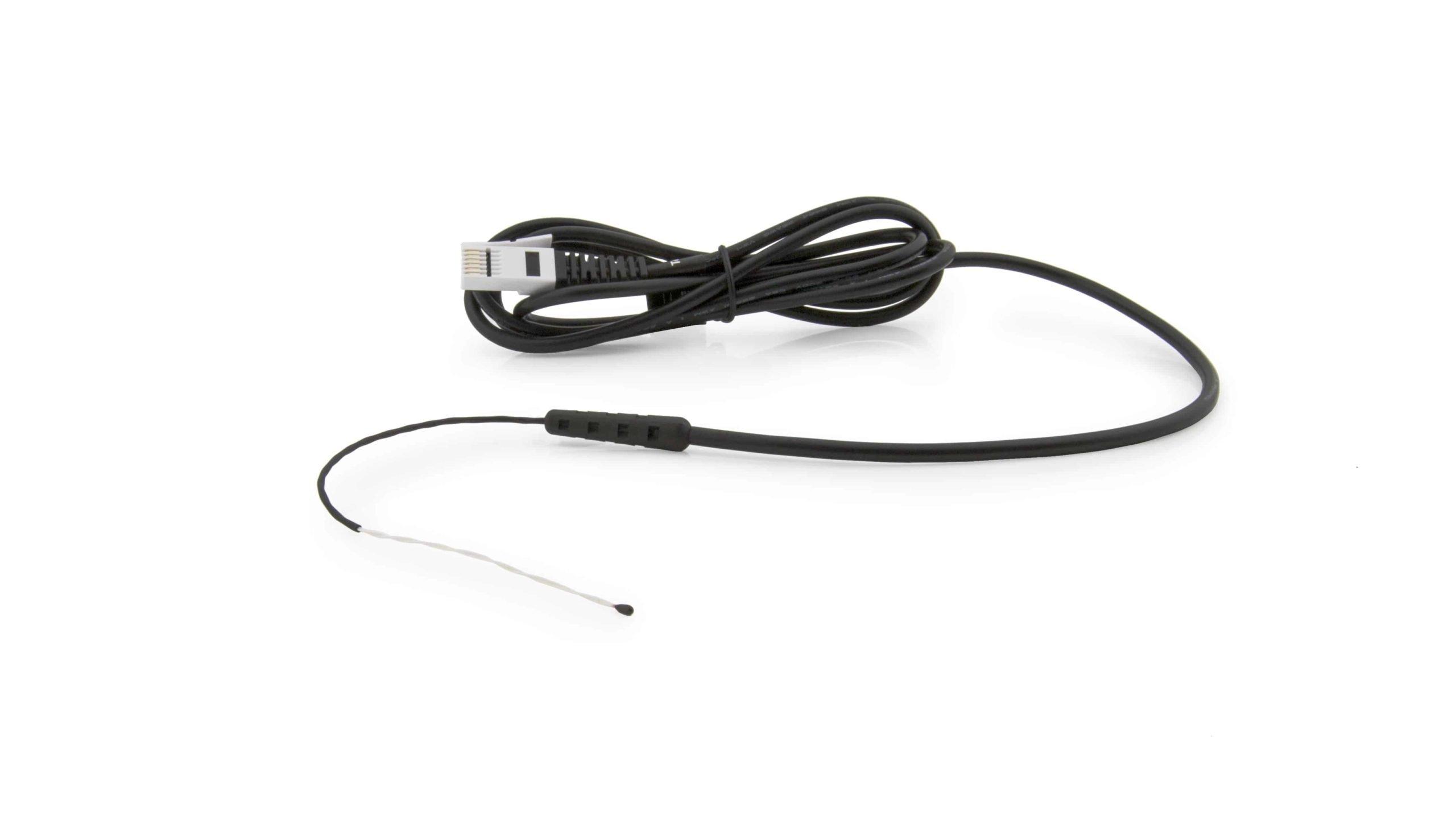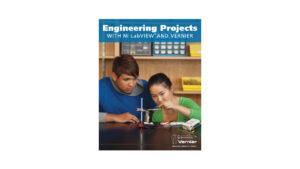Hot Wire Anemometer
Experiment #4 from Engineering Projects with NI LabVIEW and Vernier
- Subject
- Engineering

Introduction
An anemometer is a weather instrument for measuring wind speed. There are many styles of anemometers including windmill, cup, and sonic, but this Project is based on the concept of a hot-wire anemometer. In a standard hot-wire anemometer, a thin wire is heated to a temperature above ambient by running an electrical current through it. After a short period of time, the wire will reach an equilibrium temperature such that the heat energy coming into the system from electricity will be matched by the loss of heat energy to the environment. The rate of heat loss depends on the wind speed of the surrounding environment. An increase in wind speed causes an increase in heat loss. In a hot-wire anemometer, wind flowing across the thin wire causes the temperature of the wire to decrease — the faster the wind moves, the more the wire cools. By measuring the temperature of the hot wire, you can indirectly determine wind speed.
Objectives
In this Project, you will build a device that acts like an electric birthday candle based on the principle of a hot-wire anemometer. Use the Vernier Digital Control Unit (DCU) to supply power to a resistor, which will act as a heater (the “hot wire”) in your device. Add a red LED and a current-limiting resistor to your apparatus to represent the flame on a birthday candle. Write a LabVIEW program to monitor the temperature of the heating resistor with the Vernier Surface Temperature Sensor and illuminate the “candle flame” LED when the temperature exceeds a threshold value. Your program should make the LED act like a birthday candle – that is, when you blow on it, it should go out.
Sensors and Equipment
This experiment features the following sensors and equipment. Additional equipment may be required.
Ready to Experiment?
Ask an Expert
Get answers to your questions about how to teach this experiment with our support team.
- Call toll-free: 888-837-6437
- Chat with Us
- Email support@vernier.com
Purchase the Lab Book
This experiment is #4 of Engineering Projects with NI LabVIEW and Vernier. The experiment in the book includes student instructions as well as instructor information for set up, helpful hints, and sample graphs and data.



